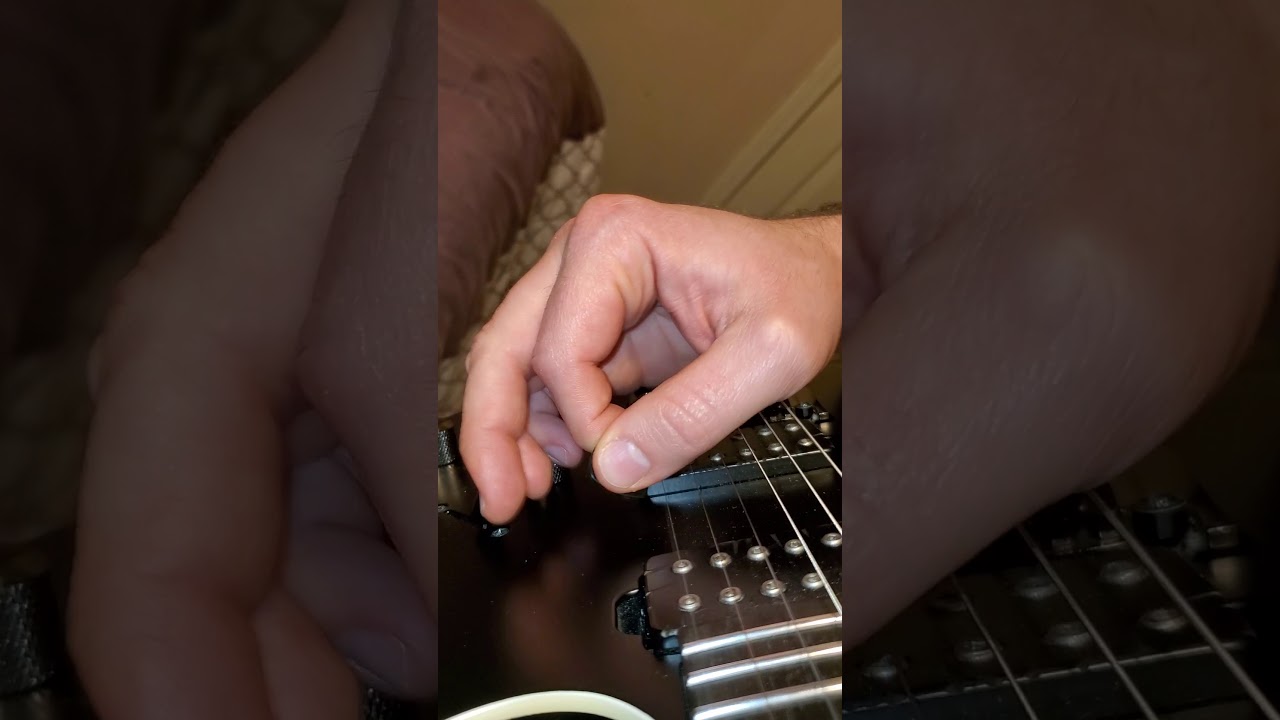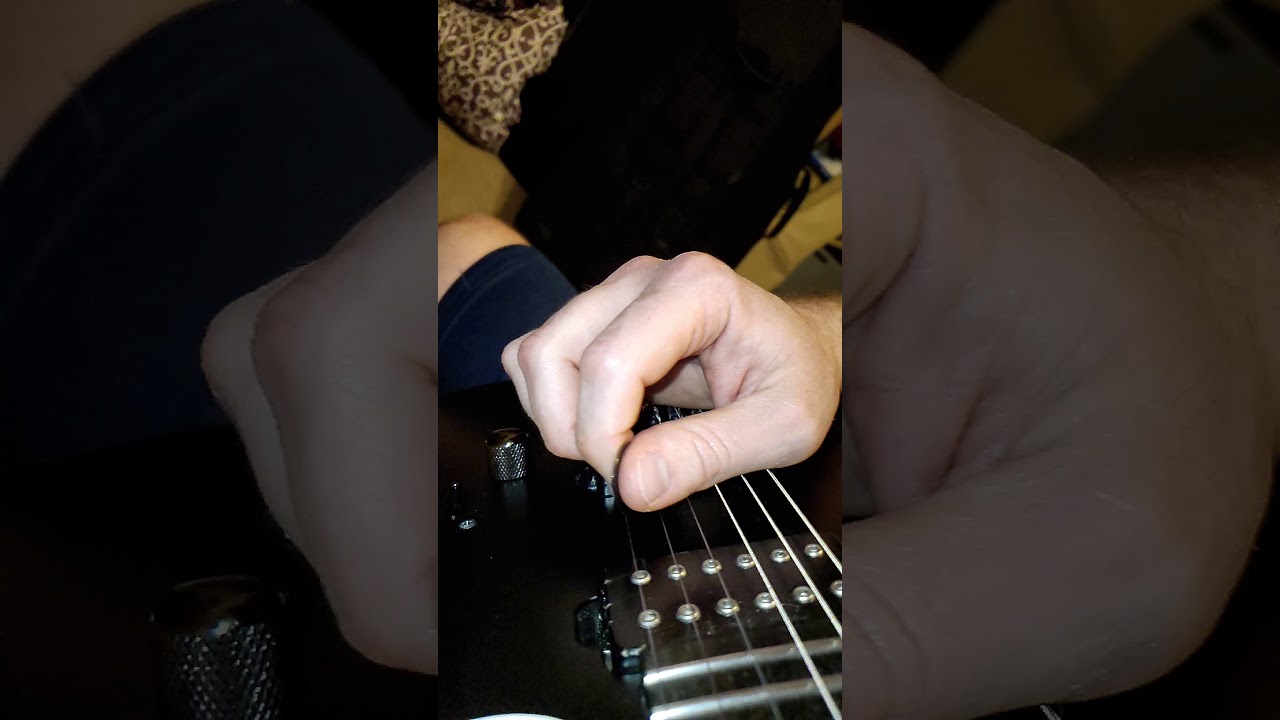Here ya go Troy. These are some of the motions I use. I held the camera with the left hand so its all on open strings, which is really awkward for me as I need the left hand to track the strings. So these aren’t a totally accurate representation of my technique. But close enough.
Tremolo test - USX forearm motion vs DSX elbow motion. These are generally the fastest motions I can make. But when I go for raw speed, my forearm tenses up a great deal. I have wondered if that has anything to do with the brachial muscle you were talking about for hyper picking.
The next video is string switching in slo mo. On open strings. Which is really rough for me. USX elbow vs DSX forearm.
When I am fully warmed up (which is absolutely not the case in these videos), pronated DSX is my fastest motion. But there is a caveat - I feel most comfortable with this technique on descending lines, as I naturally developed (unbeknownst to me until you showed up on the interwebs) a 2WPS technique like Martin Miller’s - USX for ascending and DSX for descending lines. Expect it’s not very reliable. Some days its pretty clean. Most its a hot mess.
However, I always do my palm muted metal stuff with supinated USX forearm rotation. This motion and the 2WPS economy stuff is where feel most comfortable and at home on the guitar. I can chug on power chords all day and feel very comfortable.
Despite it being super comfy for chugging, I have never felt comfortable playing lead with that supinated approach. I have always been very uncomfortable alternate picking and navigating strings, so I naturally gravitated toward my 2WPS and sweeping technique that is a hybrid of Martin Miller and Gambale. Even though it’s nowhere near as clean, I naturally gravitate to lines like Gambale plays.
Here is an example of my 2WPS system. This is pretty rough as I think I wore myself out doing the tremolo exercise. I’ve never looked at this technique slowed down. I’m noticing a great deal of inefficient motions and possibly string hopping.
Edit: Notice the “wind ups” in the second video? And notice the pick flop I mentioned? Especially when I switch to USX.




